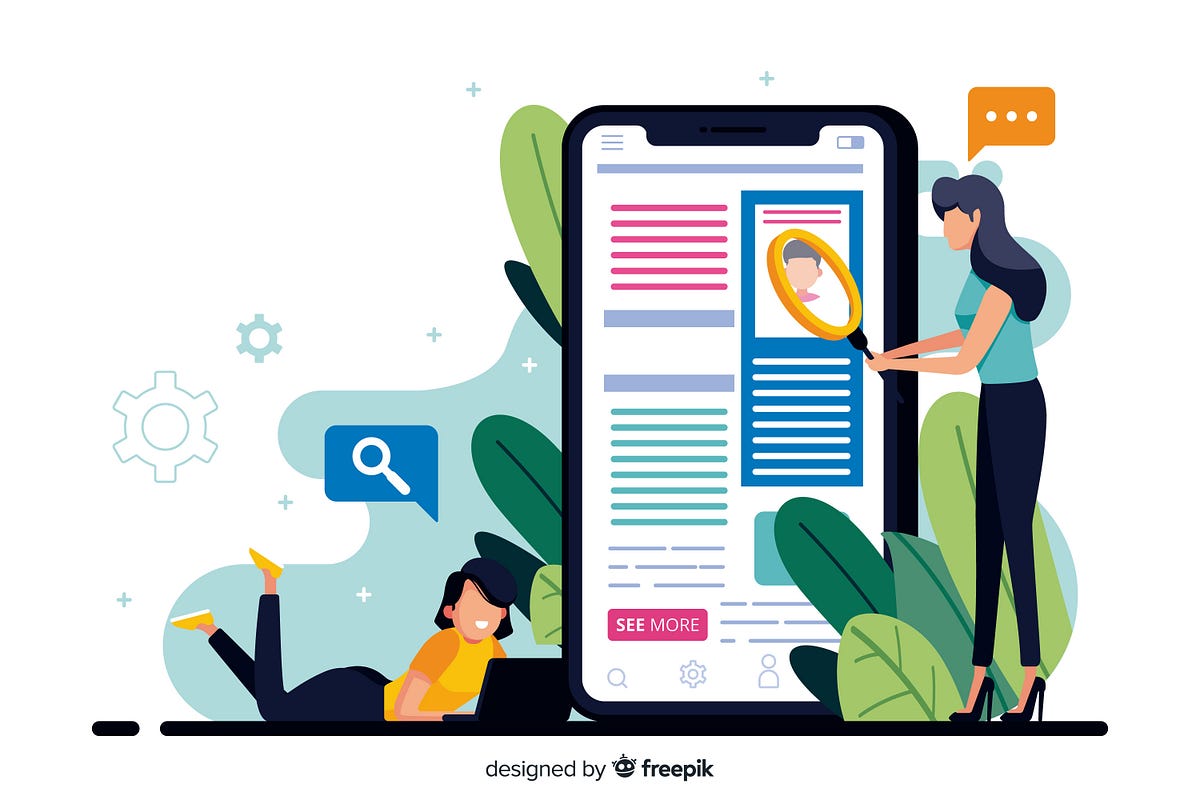Types of User Research & How to Conduct Your Own Like a Pro

Types of User Research & How to Conduct Your Own Like a Pro
Why Do We Do User Research?
User research is essential in understanding who our users are, what they need, and how they behave. It helps us avoid making assumptions and ensures that our design decisions are based on real user insights.
Types of User Research
-
Qualitative Research: Involves open-ended questions to gather in-depth insights from users. This can be done through interviews, focus groups, or observation.
-
Quantitative Research: Involves closed-ended questions to gather specific data on a larger scale. Surveys and analytics tools are commonly used for quantitative research.
Advantages and Disadvantages
Advantages:
- Reach many users at once
- Can catch usability issues early
Disadvantages:
- Not specific to your users or product
How to Conduct User Research Like a Pro
-
Talk to Your Users Directly:
- Interview 10–30 users to understand how, when, and why they use your product.
- Don't just accept answers at face value; dig deeper to uncover underlying motivations.
-
Diversify Your Participant Pool:
- Start with friends or family for initial interviews, but aim to talk to a diverse range of users.
- Utilize online platforms like UserTesting and UserInterviews to reach new participants.
-
Continuous Learning:
- User research is an ongoing process. Regularly engage with your users to stay informed about their needs and behaviors.
By combining qualitative and quantitative research methods, designers can develop a comprehensive understanding of their users and create more effective and user-centered designs.